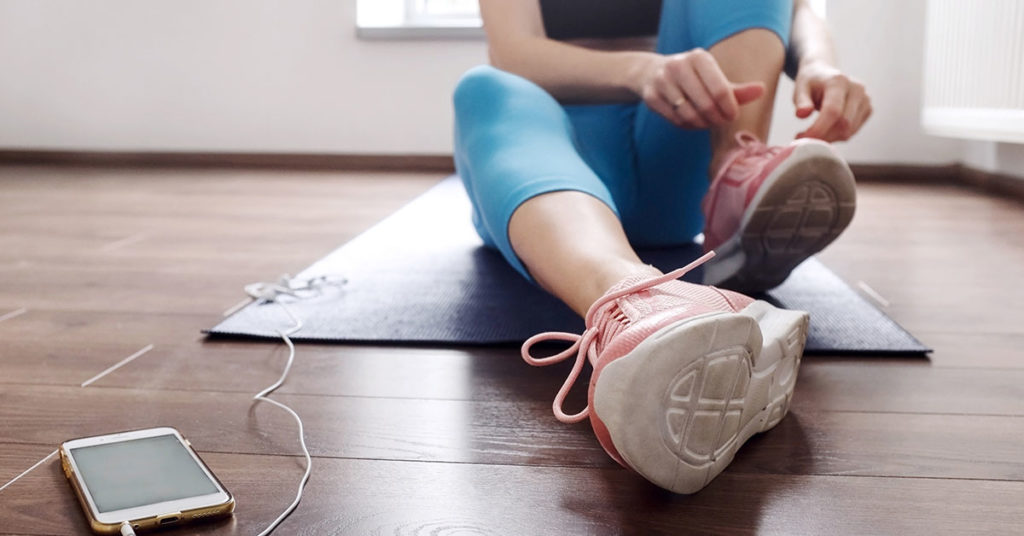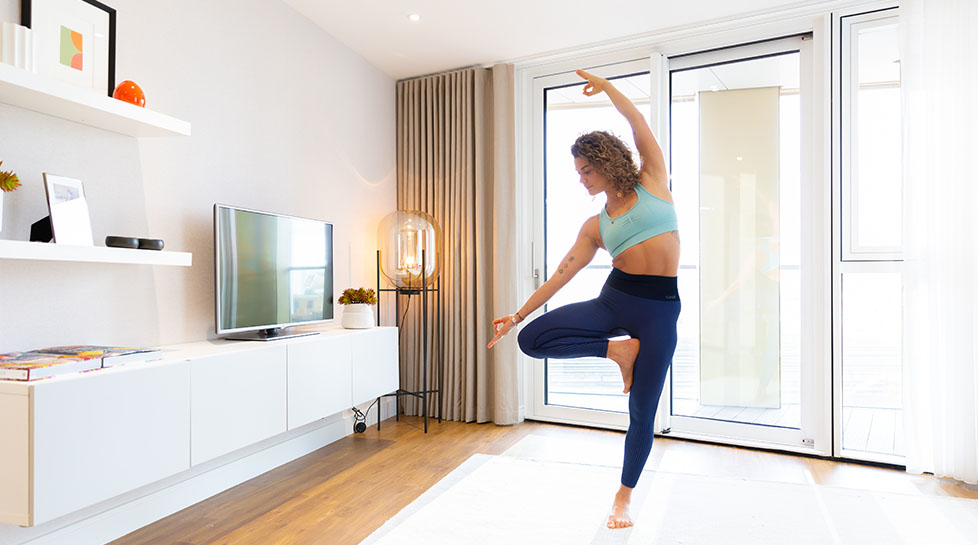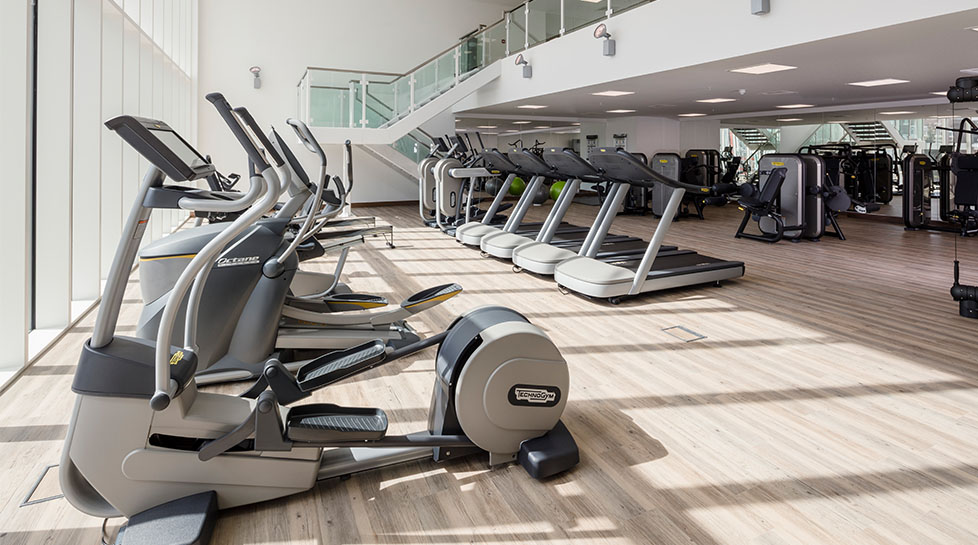

Getting more exercise is one of the most widely pledged resolutions in the UK each year, and for many, that means kicking off the new year with a gym membership. But even with the rise of the budget gym contributing to a growth in the fitness industry, the average monthly cost for one is still a whopping £47 a month. That’s £564 per year.
A vast majority of gym memberships will rope you in for a full
Speaking to the Financial Times in February 2018, David Minton, the founder and managing director of LeisureDB highlighted the boom in the dumb-bell industry, “The industry is likely to hit several milestones in 2018,” he explains. “The number of UK gyms is on course to go over 7,000 for the first time, total membership should exceed 10m, market value is expected to reach £5bn and the penetration rate should easily surpass 15 per cent. The growth will only be limited to the imagination of those pushing the boundaries.”
Even if you are serious about commitment to fitness, is January really the best time to get started? It’s a cherished annual tradition to moan about the wave of inexperienced strangers that invade gyms in the first month of the year, but there’s often more than just a few new joiners. Membership data from leading gym chains show that there are 40% more people in the gym during January, and over 50% of them don’t know how to properly use the equipment.
Simply put, if you’re joining a gym in January, you’re not getting the best possible value for the money you spend. Money that might be better saved towards a home.
Saving for a deposit in 2019, why not make it “New Year, No Gym”?

At the very low price of absolutely free, one of the most cost-efficient ways to save money is by exercising at home, using workouts without equipment. With YouTube tutorials for inspiration, there are hundreds of creative ways to use household equipment to support your fitness goals, but most of the best workouts for your core muscles, like squats and crunches, can be achieved with only a comfortable outfit and a towel to hand.

An obvious solution for home cardiovascular workouts is to just get outside and run. Studies have shown that outdoor workouts can generate much greater feelings of well-being than exercising on a treadmill indoors. The low amount of light the UK gets during the winter months means an outdoor jog can also help get you a little more Vitamin D.
If you’re new to running, then the NHS has a great home cardio workout that can help you get started, and after that you can work your way to a

Of course, this ultimately all depends on what your fitness goals are, but it’s worth considering whether you really need a gym
